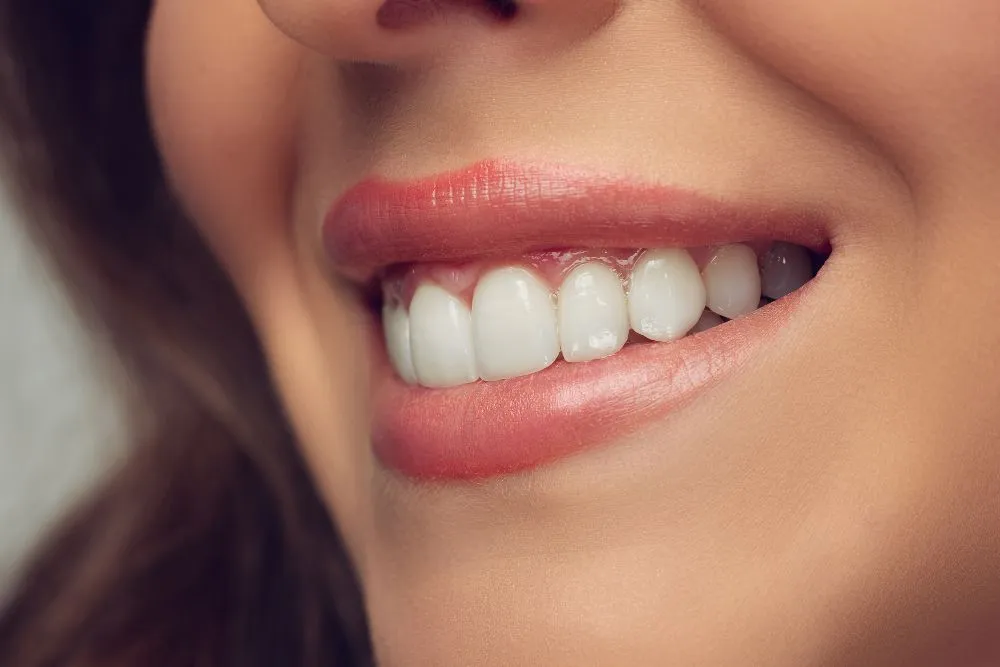Achieving a brighter, whiter smile is a common goal, and tooth whitening treatments have become increasingly popular. However, it’s essential to understand the potential risks associated with these procedures. One of the most common side effects is gum burn after tooth whitening, a painful and sometimes concerning condition. This article explores the top 5 facts you need to know about gum burn, its causes, symptoms, treatment, and prevention to ensure you can safely and effectively pursue your whitening goals.
What is Gum Burn After Tooth Whitening
Gum burn, also known as chemical burns or soft tissue burns, occurs when the gums come into contact with the bleaching agents used in tooth whitening. These agents, typically containing hydrogen peroxide or carbamide peroxide, are designed to penetrate the enamel of the teeth and remove stains. However, if they come into contact with the delicate gum tissue, they can cause irritation, inflammation, and in more severe cases, blistering or burning sensations. The severity of the burn can vary, depending on the concentration of the whitening agent, the duration of contact, and individual sensitivity.
Causes of Gum Burn During Tooth Whitening
The Role of Whitening Agents
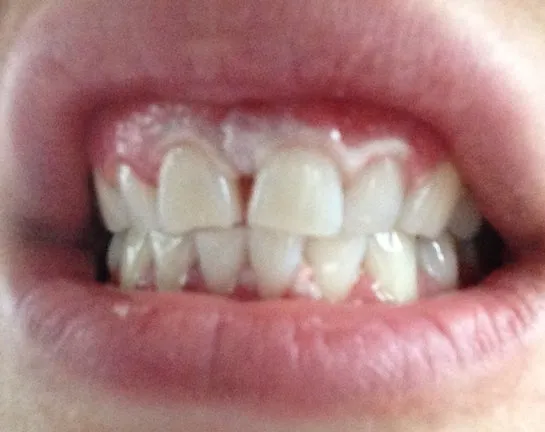
The primary culprit behind gum burn is the whitening agent itself. High concentrations of hydrogen peroxide or carbamide peroxide, commonly found in professional whitening treatments, are more likely to cause irritation if they come into contact with the gums. Even lower concentrations in over-the-counter products can cause issues if not used correctly. The chemical reaction breaks down stains but can also irritate and damage the soft tissues. The strength of the whitening agent is directly related to the potential for gum burn, so it’s crucial to understand the product’s concentration and use it as directed.
Improper Application Techniques
One of the leading causes of gum burn is the improper application of whitening products. This can include using too much gel, not properly isolating the gums from the whitening agent, or using ill-fitting trays that allow the gel to leak onto the gums. In-office treatments performed by a dentist usually have safeguards, such as protective barriers, to shield the gums. However, at-home kits require careful application following all provided instructions. If the product touches the gums for extended periods, it increases the risk of irritation and damage. Always follow the instructions carefully and consider the use of a soft toothbrush during and after the whitening process.
Sensitivity and Pre-existing Conditions
Individual sensitivity plays a significant role in how gums react to whitening treatments. Some individuals have naturally sensitive gums or pre-existing conditions like gingivitis or periodontitis. These individuals are more prone to experiencing gum burn. Additionally, those with receding gums or exposed root surfaces are at a higher risk because the root surfaces are not protected by enamel and are more vulnerable to irritation. Informing your dentist of any existing conditions or known sensitivities before starting treatment is crucial for mitigating potential issues. Choosing a less potent whitening product or a treatment with lower hydrogen peroxide may be recommended.
Symptoms of Gum Burn
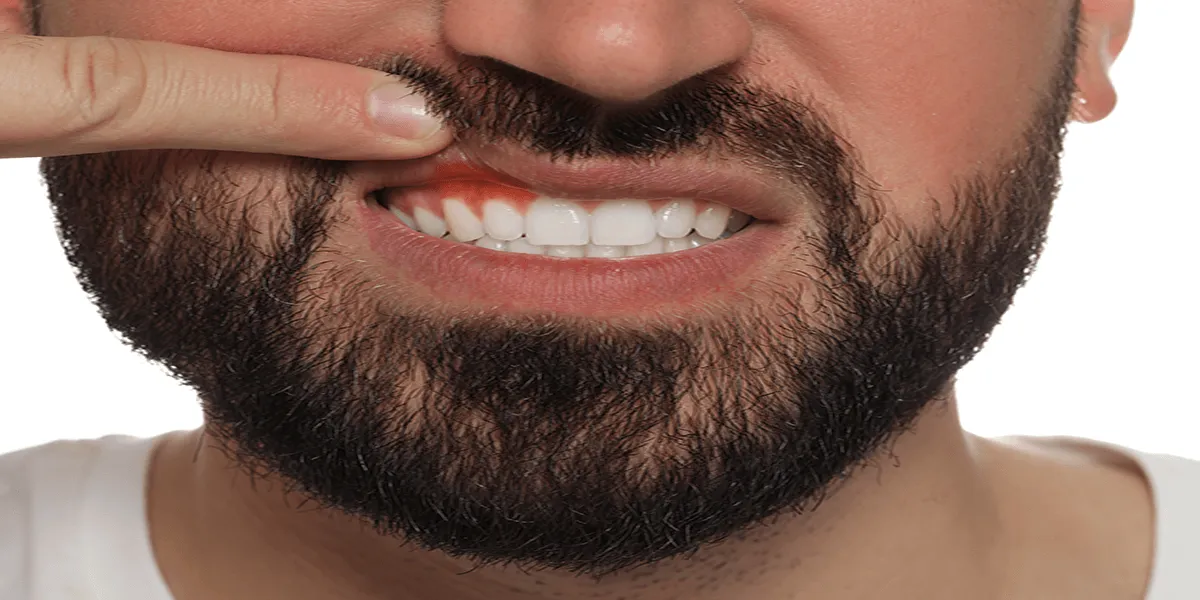
Mild Irritation
Mild gum burn might present as slight redness or inflammation along the gum line. You might experience mild sensitivity or a tingling sensation in the gums. The discomfort is usually minor and temporary, often resolving within a few hours or a day. In many cases, it can be managed with simple home remedies like rinsing with cool water or using a desensitizing toothpaste. Recognizing these early signs is critical; you may adjust the whitening treatment schedule or product use to avoid further irritation.
Moderate to Severe Burning and Blistering
More severe gum burn can lead to noticeable symptoms. The gums might appear significantly red, swollen, and painful. Blisters or sores could form along the gum line or on the inside of the cheeks. The pain can be intense, making it difficult to eat, drink, or brush your teeth. This level of gum burn requires prompt attention from a dentist. Avoid any further use of whitening products and follow the dentist’s recommendations for treatment and care. Ignoring these symptoms could potentially lead to complications, such as secondary infections.
How to Treat Gum Burn After Tooth Whitening
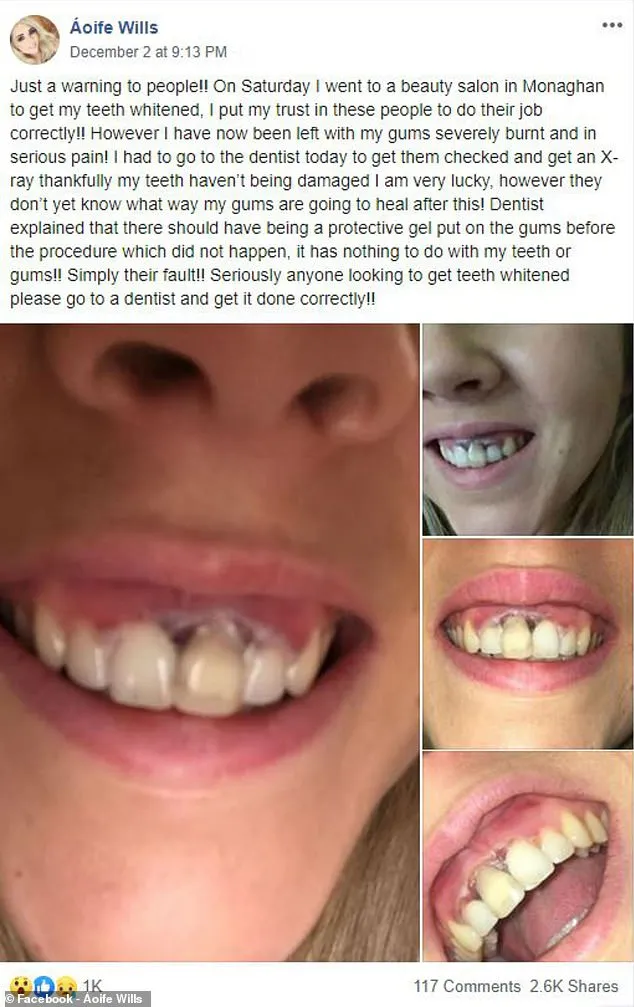
Immediate Actions
If you experience gum burn, the first step is to stop using the whitening product immediately. Rinse your mouth thoroughly with cool water to remove any residual whitening agent. Avoid brushing the affected area aggressively and gently. Apply a cold compress to the outside of your cheek to help reduce swelling and discomfort. It’s also essential to avoid hot or spicy foods and drinks that could further irritate the sensitive tissues. These immediate actions can help mitigate the severity of the burn and provide some relief.
Over-the-Counter Remedies
Several over-the-counter remedies can help alleviate the symptoms of gum burn. Using a desensitizing toothpaste can help reduce sensitivity. Rinsing with a saltwater solution (1/2 teaspoon salt in 8 ounces of warm water) several times a day can help soothe the gums and promote healing. Over-the-counter pain relievers, such as ibuprofen or acetaminophen, can help manage pain and inflammation. Avoid products containing alcohol, as they can irritate the affected tissues. If the symptoms persist or worsen, it is always recommended to seek professional dental advice.
When to See a Dentist
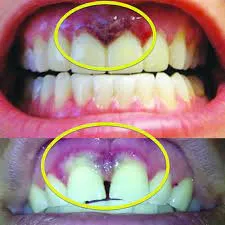
You should consult a dentist if you experience severe gum burn symptoms. These include intense pain, significant swelling, blistering, or signs of infection (such as pus or fever). A dentist can assess the severity of the burn and recommend appropriate treatment. They might prescribe topical medications or antibiotics to prevent or treat any secondary infections. The dentist can also provide guidance on how to care for your gums and avoid future complications. Early intervention by a dental professional can significantly improve outcomes and prevent long-term damage.
Preventing Gum Burn During Tooth Whitening
Consulting a Dentist
The best way to prevent gum burn is to consult with a dentist before starting any tooth whitening treatment. Your dentist can assess your oral health, identify any risk factors (such as sensitive gums, receding gums, or existing dental issues), and recommend the safest and most effective whitening method for you. They can also provide professional whitening treatments in-office, where they can carefully monitor the process and take necessary precautions to protect your gums. Consulting a dental professional ensures that any potential risks are addressed, and you receive personalized guidance.
Proper Application Techniques
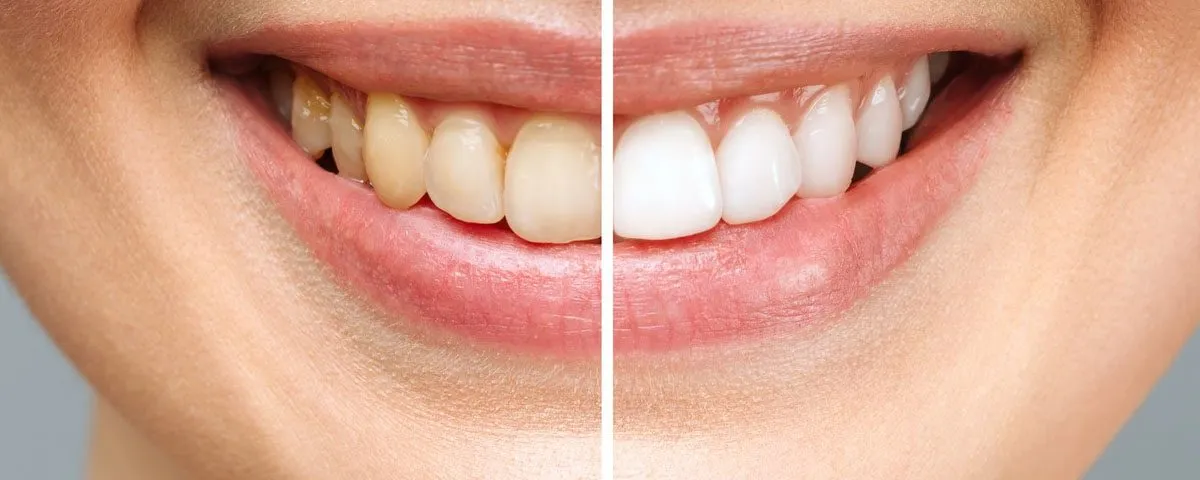
Whether you are using an at-home whitening kit or receiving treatment from a dentist, adhering to proper application techniques is crucial. When using at-home kits, carefully follow the instructions. Ensure that the whitening gel does not come into contact with your gums. Use the correct amount of gel as instructed and make sure that the trays fit snugly to prevent leakage. For in-office treatments, the dentist will use protective barriers to isolate your gums from the whitening agent. Consistent and careful application minimizes the risk of gum irritation and burn.
Using Recommended Products
Choose tooth whitening products that have been approved by dental professionals. Discuss your options with your dentist to determine which product is best for your specific needs and oral health. Over-the-counter products can vary in strength, and some may contain ingredients that are more likely to cause irritation. Professional whitening treatments often involve stronger agents but are administered under controlled conditions by dentists, significantly reducing the risk of complications. Using recommended products, as advised by a dental professional, helps reduce the chances of experiencing adverse side effects, such as gum burn.
Final Thoughts on Gum Burn and Tooth Whitening
Tooth whitening can significantly improve your smile, but it is essential to approach it with caution. Gum burn is a potential side effect, but by understanding the causes, symptoms, and preventive measures, you can minimize the risks. Always consult with a dentist before starting any whitening treatment, follow the instructions carefully, and be aware of the signs of gum irritation. With proper care and attention, you can achieve a brighter smile while maintaining healthy gums. Don’t let the fear of gum burn prevent you from achieving your desired results; instead, make informed decisions and prioritize your oral health.
